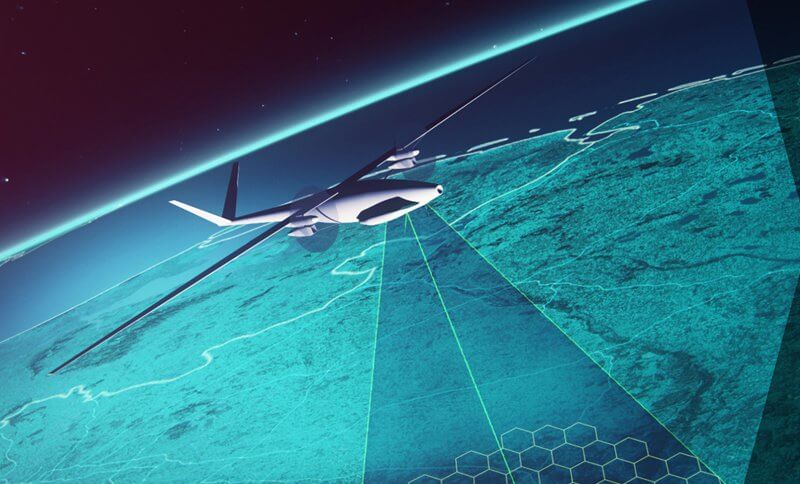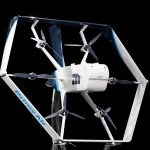5G drones — is the next-gen cellular tech going skywards?

- Telecom operators are racing to deploy 5G infrastructure, and this means building thousands more expensive and unsightly masts
- Two companies in Cambridge think high-altitude 5G drones could replace that infrastructure
- The initiative might face some challenges, though
With 5G’s capabilities to transform worldwide businesses, networks, and consumers, network operators globally are gearing up for a new era.
So far, laying down the infrastructure has largely comprised of building large 5G masts. Packed with antennae, GPS, and remote radios, these towers are essential for providing the radio layer of the 5G network — they transmit data to and from a device to the wider network.
But they’re limited in their range, and that means achieving wide area coverage relies on vast network of tens or hundreds of expensive and unsightly structures, as discrete as they’re designed to be. There must be another way?
Two British companies have come up with a solution to deliver next-gen cellular connectivity, by outfitting 5G antennas to hydrogen-powered drones and flying them 20,000 meters above the ground.
The new proof-of-concept comes from engineering firm Cambridge Consultants and telecommunications group Stratospheric Platforms Limited (SPL).
There are reportedly close to 1.5 million cell towers in the UK, currently provivding data coverage to 99% of the population in the UK. In 2017, it was predicted that 400,000 additional masts would need to be built in the UK to support 5G.
However, the two groups say that they could cover the entirety of the UK with 60 drones, if working with existing telecoms operators, with each craft covering an area with a diameter of 140 kilometers and capable of flying for up to nine days in a row.
Users would get download speeds of around 100Mbps, which would allow them to download a 4GB movie in under six minutes.
So far, a prototype has been tested using a lower-bandwidth signal from a plane flying at a lower altitude. The two companies are aiming for a three-square meter antenna, which would be integrated into a zero-emission craft.
YOU MIGHT LIKE

Amazon gets FAA green light for drone deliveries
The idea has parallels with Google’s Project Loon, which brings wireless broadband to remote places with high-altitude, solar-powered balloons.
Stratospheric Platform’s chief executive, Richard Deakin, is presenting the project as a more economical alternative to building 5G towers, with each aircraft capable of replacing the need for 200 masts.
There are a few problems, though. One is that airspace is heavily regulated. Even though the drones would fly at very high altitudes, unlike those intended for making deliveries in residential areas, “getting a network of constantly flying drones in the stratosphere within three or four years would be difficult,” IDC’s John Delaney told the BBC.
Another issue is by the time any sort of viable regulation is achieved, the telecoms operators racing to deploy 5G will have already built their infrastructure.
It’s been suggested that 5G drone technology could be most optimal in providing connectivity to very remote or hard-to-reach areas, such as shipping lanes in the ocean, or to link machines together such as autonomous trucks driving in a mine.









